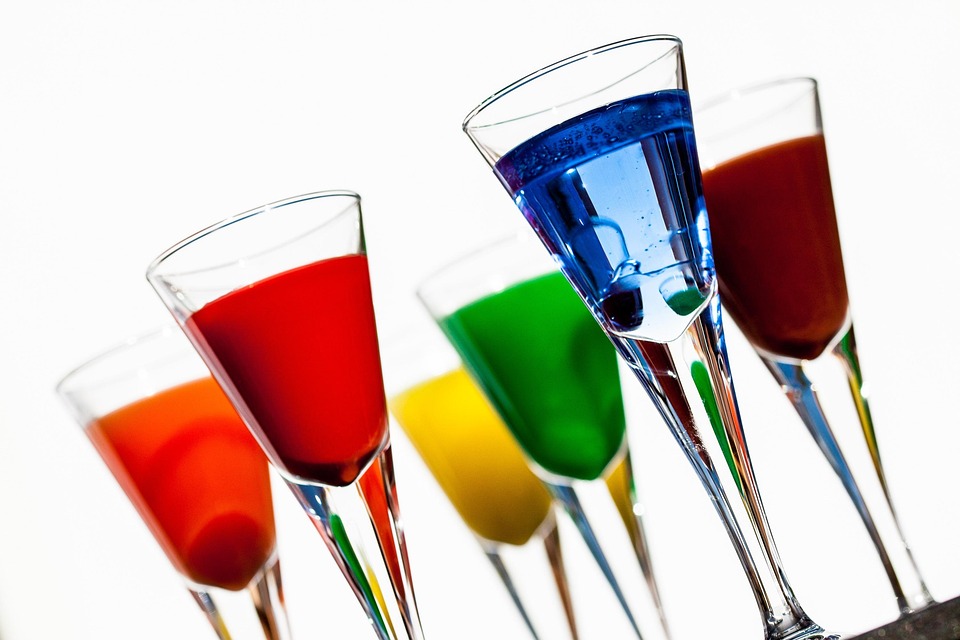The Packaging Requirements for HPP and UV Treated Beverages
Introduction
High Pressure Processing (HPP) and Ultraviolet (UV) treatment are two popular methods used in the beverage industry to extend the shelf-life of products while maintaining their nutritional value and quality. However, these treatments require specific packaging materials to ensure the effectiveness of the process and the safety of the products. In this report, we will explore the packaging requirements for beverages treated with HPP and UV technology.
HPP Packaging Requirements
HPP is a cold pasteurization technique that uses high pressure to eliminate harmful bacteria and extend the shelf-life of beverages. When it comes to packaging HPP-treated beverages, certain requirements must be met to ensure the process is effective. The packaging material must be able to withstand the high pressure without compromising the integrity of the package. Common packaging materials used for HPP-treated beverages include PET bottles, glass bottles, and flexible pouches. These materials must have a high barrier to oxygen and light to prevent oxidation and maintain the freshness of the product. Additionally, the packaging must be leak-proof to prevent any contamination during the HPP process.
UV Treated Beverages Packaging Requirements
UV treatment is another popular method used in the beverage industry to eliminate harmful microorganisms and extend the shelf-life of products. When it comes to packaging UV-treated beverages, the primary requirement is that the packaging material must be UV-resistant. This means that the packaging must be able to block out UV light to prevent the degradation of the product. Common packaging materials used for UV-treated beverages include amber glass bottles, aluminum cans, and UV-resistant plastics. These materials help to protect the product from light-induced reactions that can affect the taste and quality of the beverage.
Industry Insights
The global market for HPP and UV-treated beverages is expected to grow significantly in the coming years. According to a report by Grand View Research, the global market for HPP beverages was valued at $14.1 billion in 2020 and is projected to reach $24.3 billion by 2028, with a compound annual growth rate of 7.1%. Similarly, the market for UV-treated beverages is also expected to experience substantial growth. With consumers becoming more health-conscious and demanding products with extended shelf-life, the demand for HPP and UV-treated beverages is on the rise.
Financial Data
Several companies in the beverage industry are investing in HPP and UV technology to meet the growing demand for safe and high-quality products. For example, Coca-Cola has invested $15 million in HPP technology to launch a line of cold-pressed juice products. Similarly, PepsiCo has invested $10 million in UV technology to extend the shelf-life of its beverages. These investments highlight the importance of packaging requirements for HPP and UV-treated beverages in ensuring the safety and quality of the products.
Conclusion
In conclusion, packaging requirements for HPP and UV-treated beverages play a crucial role in ensuring the effectiveness of the treatment process and the safety of the products. By using the right packaging materials that meet the specific requirements of HPP and UV technology, beverage companies can deliver high-quality products with extended shelf-life to meet the growing demand of consumers. As the market for HPP and UV-treated beverages continues to expand, it is essential for companies to invest in packaging materials that can withstand these treatments and protect the integrity of their products.

